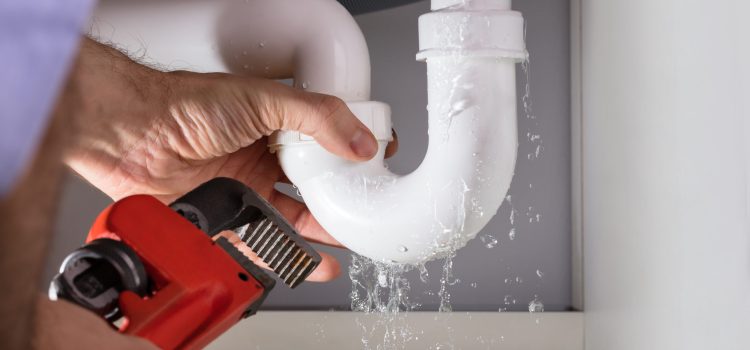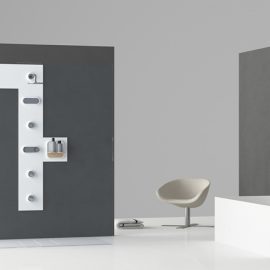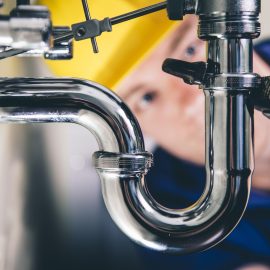
Dealing with plumbing problems can quickly turn from a minor annoyance to a major headache. From leaky faucets and clogged drains to burst pipes and water heater malfunctions, the range of potential issues can feel overwhelming. However, there’s good news: many plumbing problems can be diagnosed and fixed with a bit of troubleshooting, saving you time, money, and the hassle of waiting for a professional plumber to arrive. By understanding some common signs, causes, and solutions for plumbing problems, you can empower yourself to take control of the situation and tackle the issue head-on. In this comprehensive guide, we will explore various tips and techniques on how to diagnose plumbing problems, enabling you to become your own plumbing detective and potentially resolve the issue with confidence and efficiency.
Inspect the drain
If your drain is slow or clogged, the first thing you should do is inspect it. Look for any obstructions, such as hair, food, or other debris. You can use a plunger to try to clear the clog. If that doesn’t work, you may need to use a drain snake.
Check the water supply
If your faucets are dripping or not working properly, the problem may be with the water supply. Check the faucets for leaks and make sure that the water is turned on. If the water is turned on and the faucets are still not working, you may need to replace the faucet washers or cartridges.
Look for leaks
 Leaks can be a sign of a more serious plumbing problem. If you see water leaking from your pipes or fixtures, you should turn off the water supply and call a plumber.
Leaks can be a sign of a more serious plumbing problem. If you see water leaking from your pipes or fixtures, you should turn off the water supply and call a plumber.
Check the water pressure
Low water pressure can be caused by a number of problems, such as a clogged filter, a faulty water pump, or a leak in the water line. To check the water pressure, you can use a water pressure gauge. If the water pressure is low, you may need to call a plumber to fix the problem.
Inspect the pipes
If you’re still having problems, you may need to inspect the pipes. This can be done by turning off the water supply and removing the access panels to the pipes. Look for any cracks, leaks, or other damage. If you find any damage, you will need to call a plumber to repair it.
Here are some additional tips on how to diagnose plumbing problems:

- Pay attention to the sounds. Listen for any unusual noises coming from your plumbing system. These noises can be a sign of a problem. For example, a gurgling noise could be a sign of a clog, while a banging noise could be a sign of a loose pipe.
- Look for signs of water damage. Water damage can be a sign of a serious plumbing problem. Look for wet spots on the walls, ceilings, or floors. You may also see peeling paint or mold.
- Check the water bill. If your water bill has suddenly increased, it could be a sign of a plumbing problem. This could be caused by a leak or a faulty water meter.
- If you’re having any problems with your plumbing, it’s important to try to diagnose the problem yourself. This will help you to determine if you can fix the problem yourself or if you need to call a plumber.
Here are some additional tips on how to fix plumbing problems:
- If the problem is a clog, you can try using a plunger or a drain snake.
- If the problem is a leak, you can try tightening the connections or replacing the washers or cartridges.
- If the problem is low water pressure, you can try cleaning the filter or replacing the water pump.
- If the problem is damage to the pipes, you will need to call a plumber to repair it.
If you’re not comfortable fixing the problem yourself, you should call a plumber. A plumber will be able to diagnose the problem and fix it quickly and efficiently.



